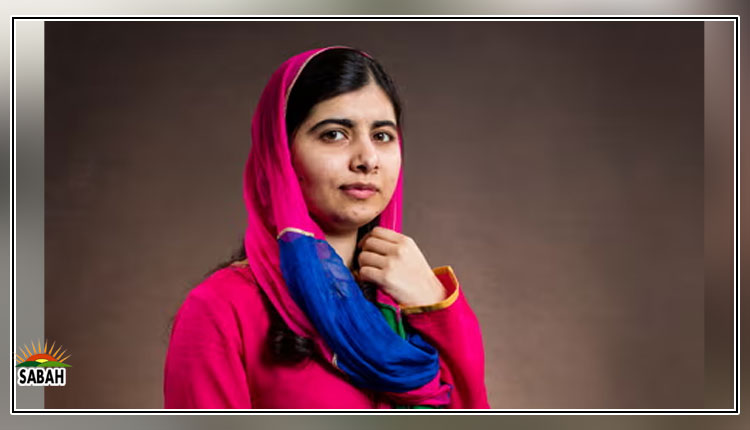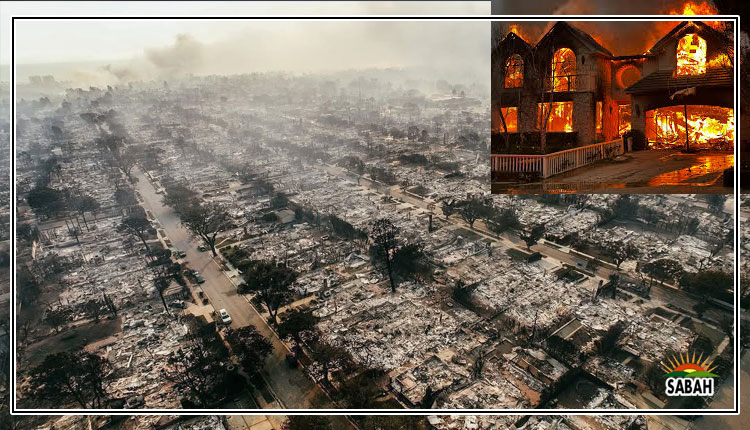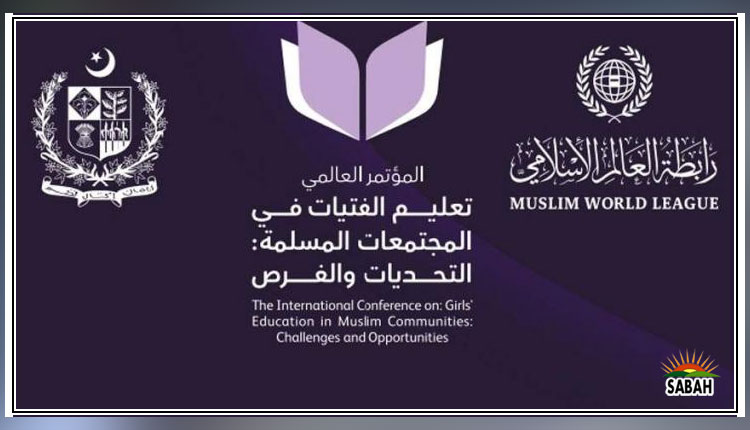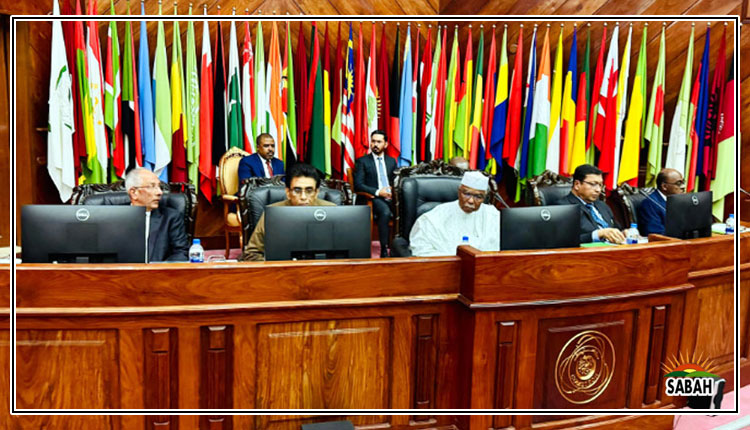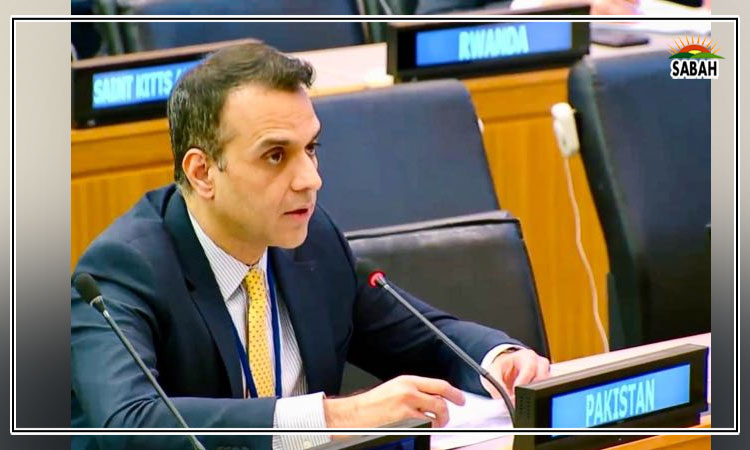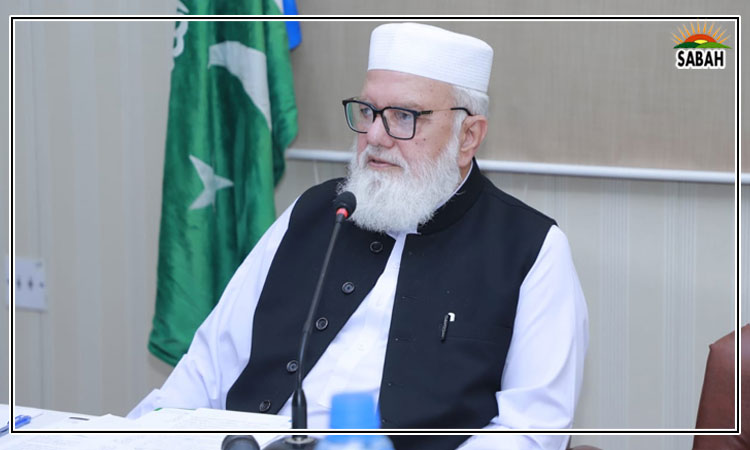Pakistan’s women dilemma…Syed Haris Nawaz
Simone de Beauvoir aptly said in her book, ‘The Second Sex’ that one is not born but becomes a woman. Gender marginalisation is a societal phenomenon which is being viciously perpetuated by toxic patriarchy and deep-rooted misogyny, alienating women from mainstream political participation, conducive employment opportunities, quality education, and a responsive healthcare system. Women have had long-lasting impacts on development parameters as they are half of the global population. The outright exclusion of women from the workforce has devastating effects on democratic inclusivity, economic sustainability, and industrial production. SDG 5 mandates every country to achieve gender equality by empowering women in all spheres of life, but countries have abysmally failed to ensure a level playing field for women across the board. According to UN Secretary-General Antony Guterres, given the entrenched systemic inequities, achieving gender equality would take 300 years.
While developed countries have succeeded in mainstreaming women through sustainable efforts i.e. financial autonomy, quality education, and a women-friendly work environment, women in Pakistan are bearing the brunt of intersectional challenges: biased societal taboos and persistent politico-economic deterioration. There are pressing systemic challenges that are hampering women-led growth and development, complicating the already pathetic status of women. For instance, early marriages of girls are a prominent culture in Pakistan especially in rural areas. According to the Demographic Health Survey, 18.3% of girls marry before the age of 18. For inclusive development, early marriages should be strongly discouraged, and updated vocational training should be provided to women to stimulate economic growth.
The Global Gender Gap Index 2024 ranks Pakistan 145th among 146 countries. The report analysed four parameters: economic participation, educational attainment, women’s healthcare, and political environment. Distressingly, Pakistan had performed poorly in all four areas with no semblance of positive development. For instance, Pakistan’s domestic handicraft sector has shrunk due to high inflation. The country’s women labour force participation is 24% which is comparatively lower than Bangladesh (43%) and Malaysia (55%). According to UNDP, Pakistan GDP can rise by 30% if it creates an enabling environment for women workforce in economic activities. Similarly, Pakistani women have no say in the political process of the country as they are denied their constitutional right to vote. According to ECP, electoral gap between men and women was 7.9% in the 2024 election, indicating the low turnout of women due to cultural taboos and institutional strictures like burdensome documentation processes, etc. Moreover, the female literacy rate is 51.9%, lower than the male (73%). Owing to low education, women have difficulty accessing the digital market for virtual employment and shielding themselves from cyberbullying and online harassment.
It is an undeniable fact that women are the primary wheels of society as their contributions have profound impacts on the development trajectory of a country. Without women’s positive participation, the development model is not inclusive but lopsided which becomes an explicit hindrance in the progressive journey of a nation. Thus, women should be meaningfully integrated into mainstream affairs through a comprehensive pro-women policy. Also, they should be given full opportunities to play a constructive role in the development of the country. Indeed, Pakistan’s current male-dominated development model, anchored in a patriarchal social structure, needs to be revamped to provide equal opportunities to women. Charlotte Bronte once said, “I am no bird; and no net ensnares me: I am a free human being with an independent will.”
Courtesy The Express Tribune





